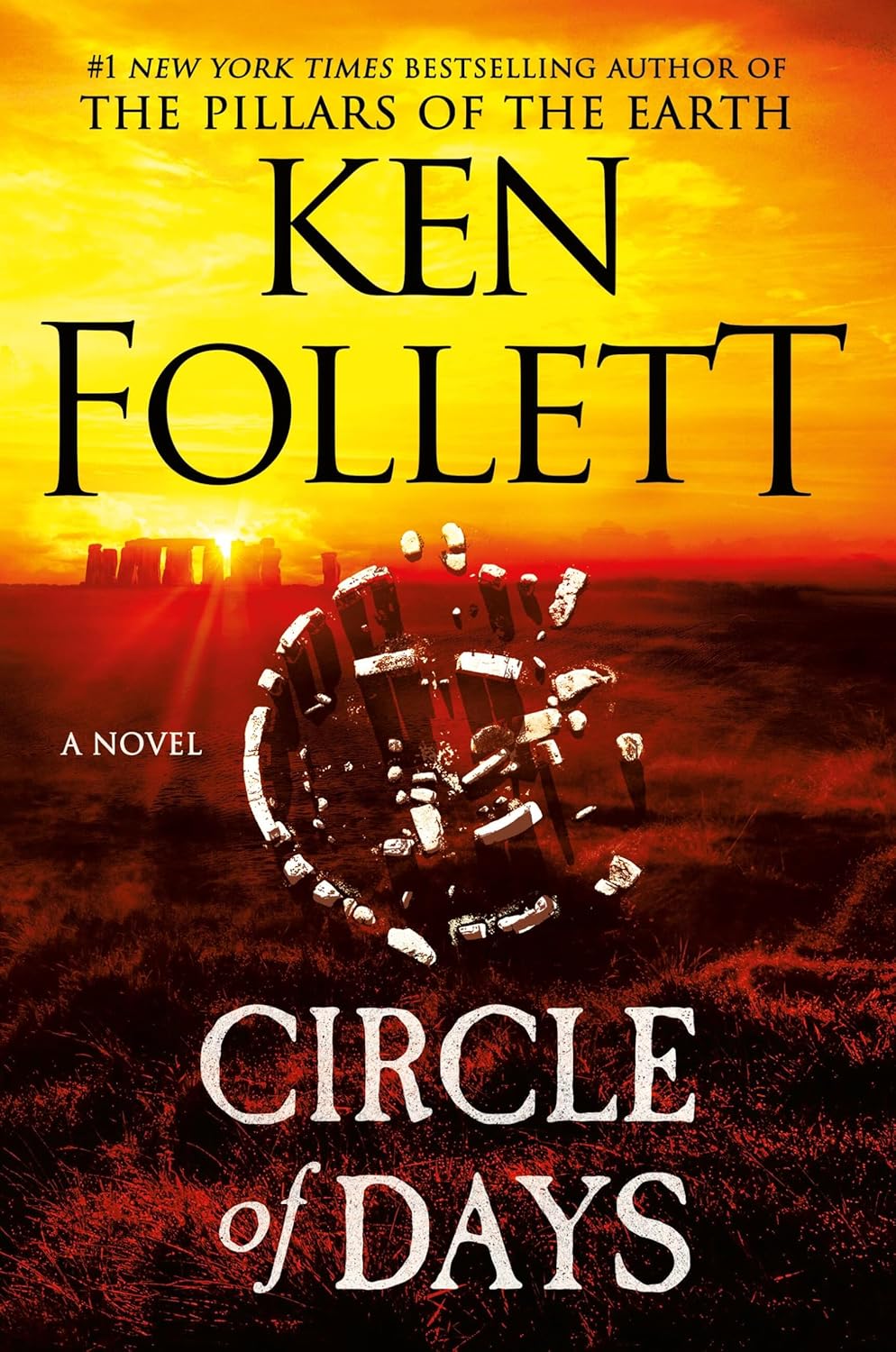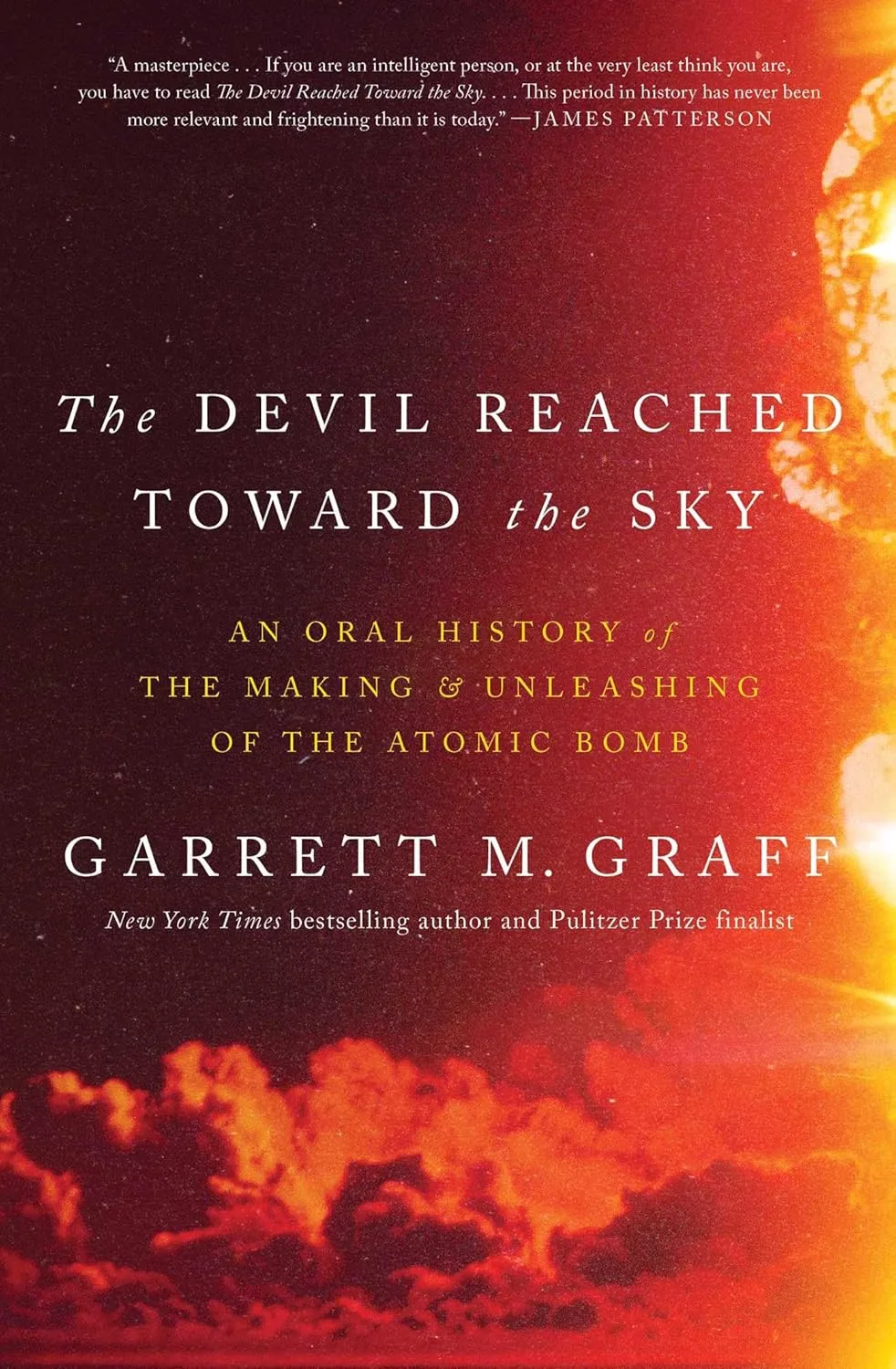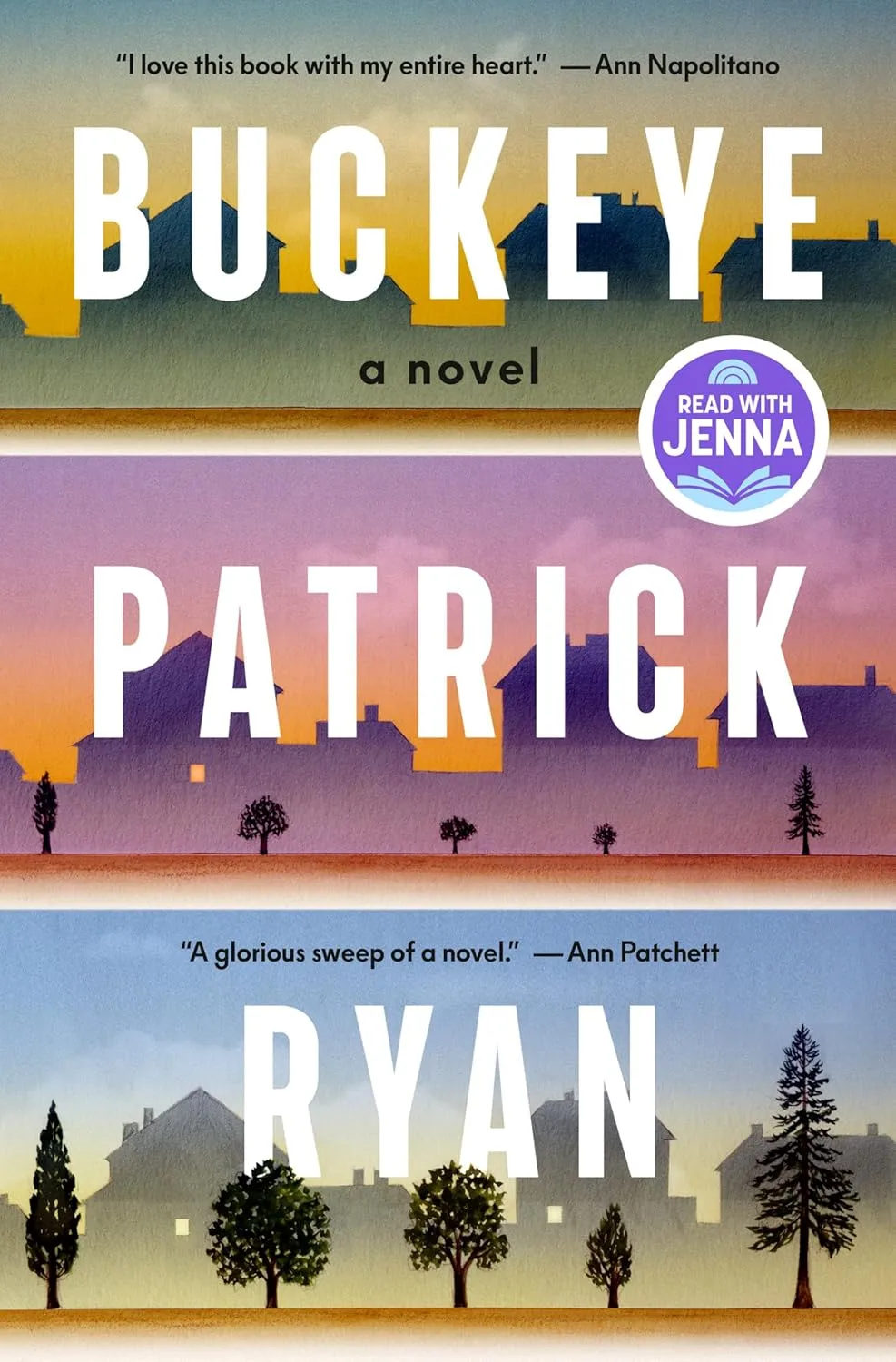Overview
Circle of Days is a historical fiction novel by Ken Follett that explores the deeply human story behind one of the world’s greatest mysteries: the building of Stonehenge. Published in 2025 by Grand Central Publishing, the novel is set in the Neolithic period around 2500 BCE when Stonehenge was created. The story follows divided tribal communities—miners, herders, farmers, and woodlanders—as they unite to create a monument that will define their civilization.
Key Takeaways
| Aspect | Details |
|---|---|
| Genre | Historical Fiction, Epic |
| Setting | Neolithic Britain, circa 2500 BCE, The Great Plain |
| Publication | September 23, 2025 |
| Main Focus | The construction of Stonehenge and the people who built it |
| Core Conflict | Divided tribes must overcome drought, mistrust, and violence to unite around a shared vision |
| Narrative Style | Epic family saga with multiple perspectives |
| Length | Full-length novel (epic scope) |
Book Structure
The novel follows three interconnected storylines centered around key characters:
Part One: The Vision
The introduction of Seft, a talented flint miner seeking love and escape from his brutal family, and Joia, a young priestess who envisions an impossible monument after witnessing the destruction of an earlier sacred site.
Part Two: The Tribes
The divided communities of the Great Plain—herders, farmers, miners, and woodlanders—gather for seasonal rituals and trade at the Midsummer Fair. Tensions simmer as resources become scarce and cultural differences threaten fragile peace.
Part Three: The Building
As drought ravages the earth and mistrust grows between the tribes, an act of savage violence leads to open warfare. Against this backdrop, Joia’s vision of a great stone circle becomes both a unifying force and a seemingly impossible dream.
Part Four: The Monument
The culmination of decades of work, sacrifice, and cooperation as the tribes come together to create Stonehenge, transforming from warring factions into a civilization.
About the Author
Ken Follett is a Welsh author known for his mastery of epic historical fiction. He is the bestselling author of “The Pillars of the Earth,” which revolutionized the historical fiction genre by focusing on ordinary people building extraordinary monuments. Follett visited Stonehenge with his family as a boy, and his wife Barbara Follett served as Minister for Culture, Tourism and the Creative Industries from 2008 to 2009, working on transforming Stonehenge into a public site. The inspiration for Circle of Days came when Follett read the 2022 book “How to Build Stonehenge” by archaeologist Mike Pitts.
With over 36 novels to his name, Follett has sold more than 178 million copies worldwide. His ability to blend meticulous historical research with compelling human drama has made him one of the most successful authors of our time.
Why This Book Resonates
Historical Mystery Meets Human Drama: Stonehenge has captivated imaginations for centuries. Follett answers not just “how” it was built, but more importantly “who” built it and “why”—giving voice to the nameless people behind this ancient wonder.
Timeless Themes in Ancient Settings: Despite being set 4,500 years ago, the novel explores conflicts that feel remarkably contemporary: tribal divisions, resource scarcity, the tension between tradition and innovation, and the power of shared purpose to overcome differences.
Follett’s Proven Formula: Readers who loved “The Pillars of the Earth” will find familiar elements here—the multi-generational saga, the ambitious construction project, the interweaving of personal relationships with historical events, and the vivid recreation of a long-lost world.
Archaeological Authenticity: Follett’s research-driven approach gives readers confidence that while the characters are fictional, the methods, materials, and cultural context are grounded in genuine archaeological understanding.
Ideal Audience
Perfect for readers who enjoy:
- Epic historical fiction with sprawling narratives
- Archaeological mysteries and prehistoric settings
- Multi-generational family sagas
- Stories about monumental construction projects (cathedral builders, pyramid constructors)
- Character-driven narratives set against large historical canvases
- Authors like Bernard Cornwell, Hilary Mantel, Edward Rutherfurd, and James Michener
- Follett’s previous works, especially “The Pillars of the Earth” and “World Without End”
Also appeals to:
- History enthusiasts curious about Neolithic Britain
- Readers fascinated by Stonehenge and ancient monuments
- Fans of stories about unity overcoming division
- Those who appreciate meticulous world-building
Memorable Quote
“A dramatic, complex imagining of the origins of Stonehenge… Vintage Follett.” — Kirkus Reviews (starred review)
From reviews: “There could be no better match between author and subject than Ken Follett writing about Stonehenge. His trademark blend of the intensely human and the monumentally epic works to perfection here – a superb novel.” — Lee Child
Central Themes
| Theme | Exploration in the Novel |
|---|---|
| Unity vs. Division | Tribal communities must overcome centuries of mistrust and cultural differences to achieve a shared vision |
| Vision and Leadership | Joia’s prophetic vision and ability to inspire others drives the narrative; explores what it takes to lead people toward an impossible goal |
| Love and Family | Seft’s desire to escape his brutal family and build a new life with Neen; family bonds as both prison and sanctuary |
| Survival and Scarcity | Drought and resource competition create existential threats that test human cooperation |
| Violence and Peace | The cycle of revenge versus the hard work of reconciliation and building together |
| Legacy and Immortality | What we leave behind; the human desire to create something that outlasts our brief lives |
| Faith and Religion | The role of religious ritual, priestesses, and sacred spaces in binding communities together |
| Craft and Labor | Detailed attention to the actual work of flint mining, stone transport, and monument construction |
Character Profiles
Seft – The Flint Miner
A talented flint miner with a gift for his craft, seeking escape from his brutish father and brothers. His love for Neen drives him to pursue a better life among the herders, and his practical skills become essential to Joia’s vision.
Joia – The Visionary Priestess
Neen’s sister, a priestess with an unmatched ability to lead. After witnessing the Monument destroyed by fire as a child, she dreams of building a miraculous new monument from the biggest stones in the world. She embodies the transformative power of belief and determination.
Neen – The Bridge
The woman Seft loves, whose family represents prosperity and stability. She connects the mining community to the herders, serving as a bridge between worlds.
Historical Context
The Neolithic Revolution: Set during humanity’s transition from hunter-gatherers to settled agricultural communities, the novel captures a pivotal moment in human development.
Stonehenge Construction: Archaeological evidence suggests Stonehenge was built in stages over about 1,500 years, with the iconic stone circle erected around 2500 BCE. Follett focuses on this dramatic third stage when the massive sarsen stones were transported and erected.
Tribal Society: The novel accurately reflects the specialized communities of Neolithic Britain—flint miners, herders, farmers, and forest dwellers—each with distinct cultures and skills.
Critical Reception
Publishers Weekly praised it as “An engrossing tale of the neolithic British Isles and the construction of the Stonehenge monument,” noting that Follett “keeps the reader invested in the story with well-developed characters”.
Waterstones called it a “rich tale about the construction of Stonehenge, as the divided tribes of the Great Plain struggle to suppress their enmity whilst building the iconic monument”.
Multiple reviewers have compared it favorably to “The Pillars of the Earth,” suggesting Follett has done for Stonehenge what he did for medieval cathedrals—bringing ancient stones to life through the stories of ordinary people achieving extraordinary things.
FAQ
Q: Do I need to have visited Stonehenge to enjoy this book? A: Not at all. Follett’s vivid descriptions bring the monument and its landscape to life. However, readers who have seen Stonehenge will gain an even deeper appreciation for the achievement it represents.
Q: Is this book connected to Follett’s Kingsbridge series? A: No, this is a standalone novel set thousands of years before “The Pillars of the Earth” and unconnected to that series.
Q: How historically accurate is the novel? A: While the characters and specific plot events are fictional, Follett grounds his story in archaeological research about Neolithic Britain, construction techniques, and social organization.
Q: Is the pacing similar to Follett’s other epics? A: Yes. Like “Pillars,” this is a sweeping multi-generational saga that rewards patient readers with rich character development and intricate plotting.
Q: Will I learn actual facts about Stonehenge? A: While it’s fiction, the novel incorporates genuine archaeological theories about construction methods, social organization, and the monument’s possible purposes.
Q: Is this suitable for younger readers? A: The novel contains violence, including warfare and brutal family dynamics, typical of Follett’s adult historical fiction. Mature teenagers and up would be appropriate.
Final Thoughts
Circle of Days represents Follett at his most ambitious, tackling one of humanity’s greatest mysteries with his signature blend of meticulous research and compelling storytelling. By focusing on the human drama behind the stones—the love affairs, tribal politics, visionary dreams, and backbreaking labor—he transforms Stonehenge from a tourist attraction into a living testament to human cooperation and determination.
The novel asks profound questions: What makes people capable of achieving the impossible? How do divided communities find common purpose? What drives humans to create monuments that will outlast them by millennia? In answering these questions through the intimate stories of Seft, Joia, and their communities, Follett reminds us that history’s greatest achievements were built by ordinary people choosing to work together toward extraordinary goals.
For fans of epic historical fiction, this is essential reading. For anyone who has ever gazed at Stonehenge and wondered about the hands that raised those stones, this novel offers a deeply satisfying answer—not in cold archaeological facts, but in warm human stories of love, ambition, sacrifice, and hope.
Rating Consensus: ★★★★½ (4.5/5 stars based on early reviews)
Links
- Buy the Book on Amazon
- More Summaries
- Publisher: Grand Central Publishing (US)
- Author Website: Ken-Follett.com
- Purchase: Available at major retailers including Amazon, Barnes & Noble
- Reader Reviews: Goodreads
- Related Reading: “How to Build Stonehenge” by Mike Pitts (archaeological inspiration)
- Visit Stonehenge: English Heritage – Stonehenge






